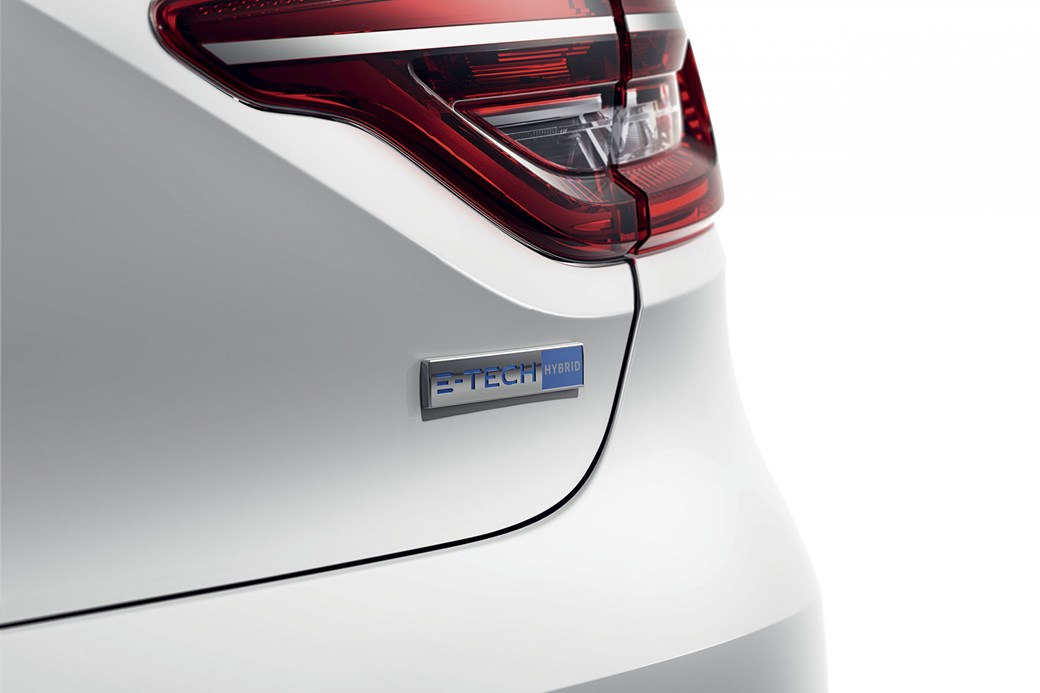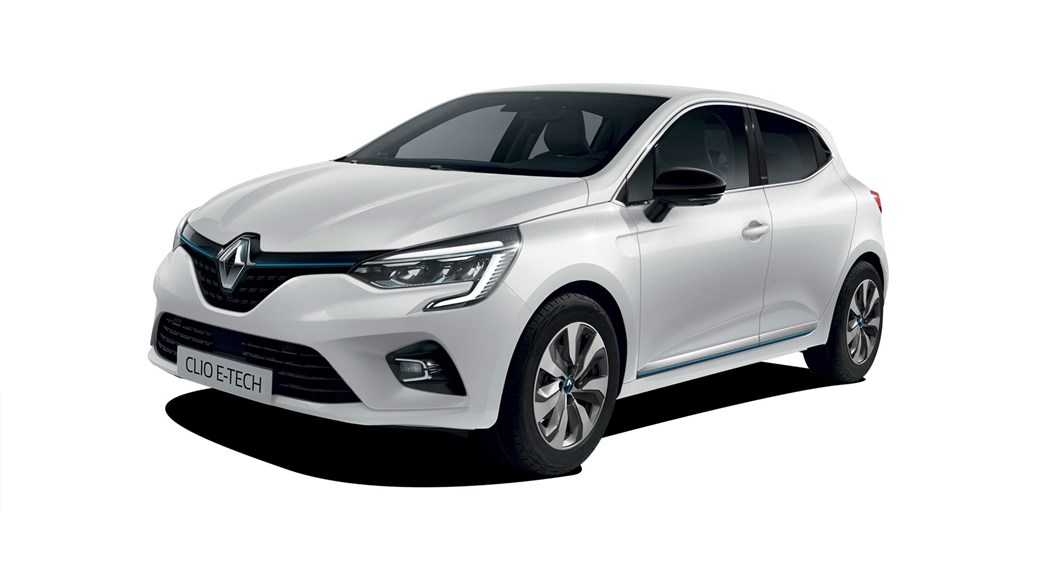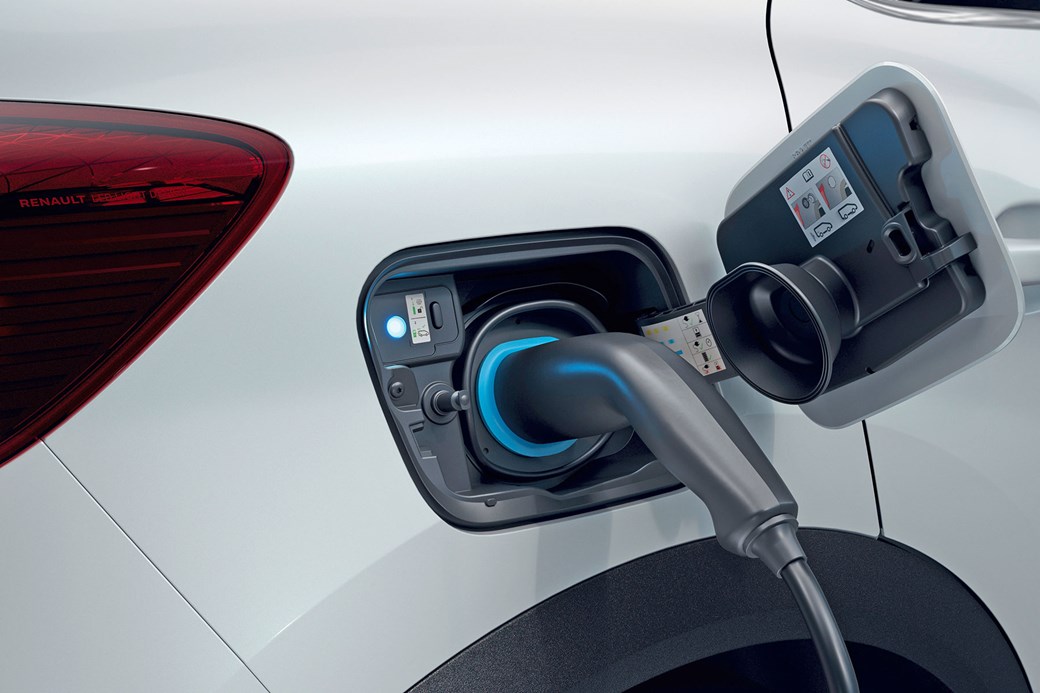It’s unlikely you’ll think of French car brands as leading the race to launch hybrids at an affordable price, but Renault’s new E-Tech solution is an interesting breakthrough.
What is E-Tech?
Here’s the problem – Renault wants a new drivetrain with better economy and lower emissions than a diesel engine and more range than an electric car. And it needs to fit in a Clio, without impacting boot or passenger space. And the car needs to cost less than £30,000.
A hybrid is the obvious choice, but there’s no room in the engine bay for the CVT auto ’box generally used in hybrids, let alone all the other electric gubbins. So what Renault has come up with for its first hybrid – on sale this summer – is a petrol engine with two auxiliary electric motors and a multi-mode clutchless dog ’box. Like a Formula 1 car.
The petrol engine is a 1.6-litre naturally aspirated four from Nissan previously found in the Dacia Duster, but here featuring hybrid-specific injection and camshaft timing, plus a cooled EGR (exhaust gas recirculation) system.

The system weighs about 10kg more than a dCi 115 engine but produces less than 100g/km of CO2, and because the 1.2kWh battery is hidden between the rear wheels, you get the same 300-litre boot.
You get 138bhp from the petrol engine and main electric motor (which contributes 48bhp), while a second electric motor (making 20bhp) takes care of brake regeneration, starting the engine, and powering the four-speed gearbox. Because there’s no clutch, each gearshift needs to be rev-matched.
The clever/complicated bits
Unlike most electric cars – but like the Porsche Taycan – the Clio has a pair of ratios for the electric drivetrain. Think of it as two gearboxes in one: one for internal combustion and one for electric, with the ability to disconnect one type of power for full petrol or full electric motion.
The Clio E-Tech always starts in electric mode, and Renault says it’ll spend 80 per cent of its town driving there too.
Driving the E-Tech
The Clio is very responsive in electric mode from the off, but becomes vaguer at speed. Coming off the gas to slow down, you’ll notice a bit of a delay before the regeneration starts. And sometimes after you press the accelerator there’s a delay while it works out what variety of drive it wants. The shifts between modes are, however, very smooth.

In short it’s much better than a typical CVT-based hybrid system, with better pick-up and refinement. And compared to a non-hybrid Clio, Renault predicts up to 40 per cent better fuel economy.
Inside renault’s first hybrid
Modular platform
Mk5 Clio range designed to include a hybrid, so the battery can be added without eating boot space
Recycled engine
Petrol four is a relatively simple Nissan design that’s already served Dacia well. Fingers crossed the Alliance holds…

And there’s a plug-in
Although the Clio’s hybrid system isn’t plug-in, the Captur’s is (above). It has a bigger battery and longer EV range
Source: https://www.carmagazine.co.uk
CUT COTS OF THE FLEET WITH OUR AUDIT PROGRAM
The audit is a key tool to know the overall status and provide the analysis, the assessment, the advice, the suggestions and the actions to take in order to cut costs and increase the efficiency and efficacy of the fleet. We propose the following fleet management audit.




